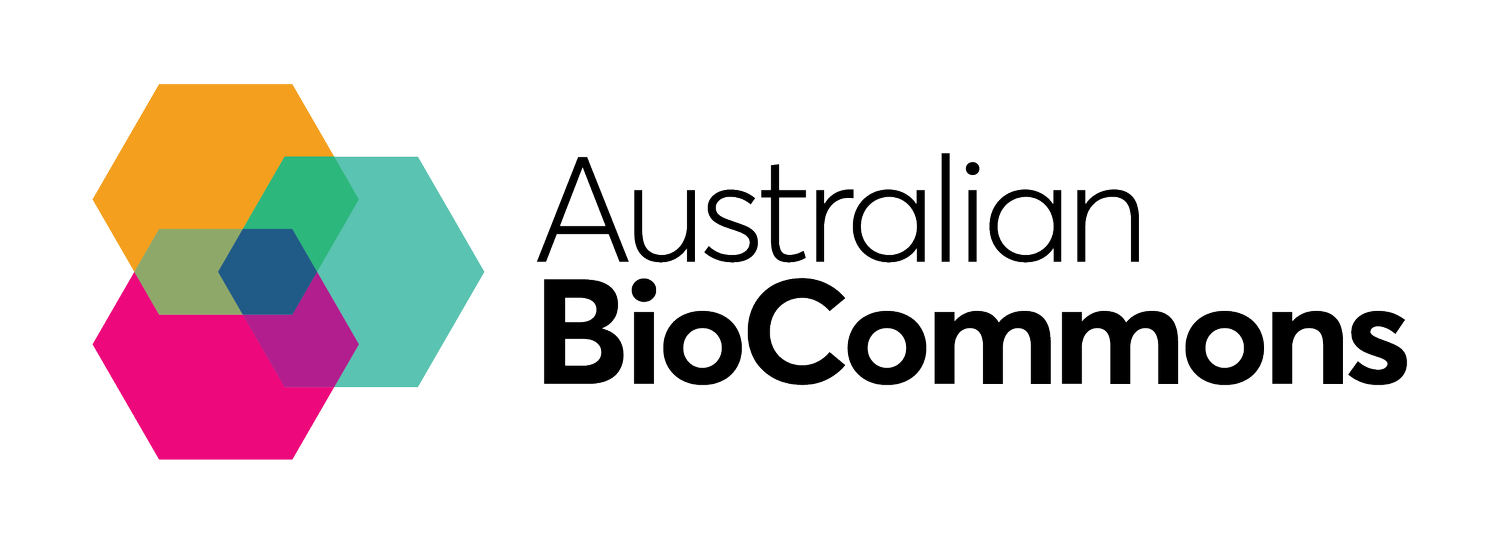Finding and reusing workflows made simple
Bioinformatics workflows bring together software packages into complex multi-step processes that standardise analysis.
Reuse of workflows can benefit life science researcher communities by accelerating their research, reducing replication of effort and supporting the application of best practice bioinformatics. Discoverability and reuse of workflows can also increase the visibility and recognition for bioinformaticians who invest large amounts of time, effort and intellectual property in workflow development.
The discovery and re-use of workflows is supported by the WorkflowHub registry that facilitates the description, sharing and publishing of scientific computational workflows, with applications ranging from eukaryotic and bacterial genome assembly to shotgun metagenomics.
After consultations with local researcher communities and participation in international forums discussing the shared challenge of workflow discoverability, the Australian BioCommons responded by establishing a presence on WorkflowHub. Converging on this resource together with our infrastructure partners and by working with the ELIXIR development team, the BioCommons team has worked to make the platform more fit-for-purpose for Australian bioscientists. The BioCommons and its partners have so far registered 31 workflows, which have already accumulated more than 16,000 views and 250 downloads.
The BioCommons has also established WorkflowFinder, which draws metadata from WorkflowHub and combines this with useful local information. In time this service will allow researchers to click and deploy workflows to local platform services. Right now it offers an interactive table that allows you to search for workflows registered by Australian BioCommons partners on WorkflowHub and details useful information such as where workflows have been successfully run in Australia.

